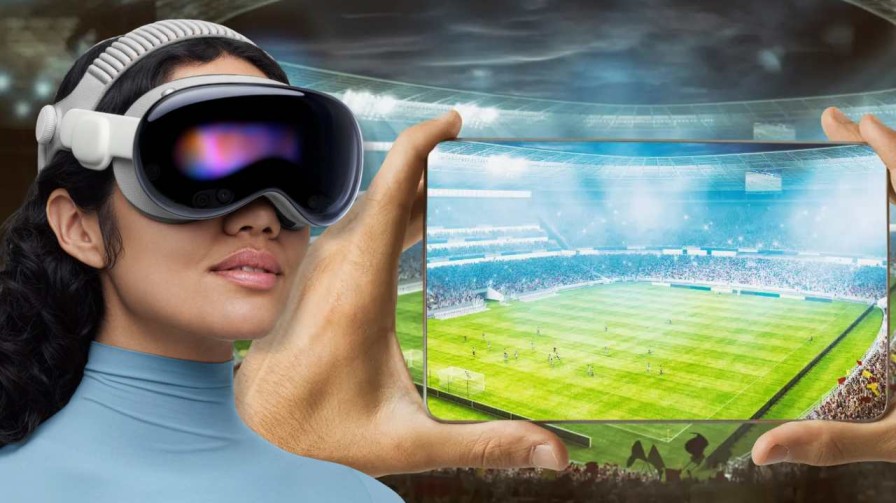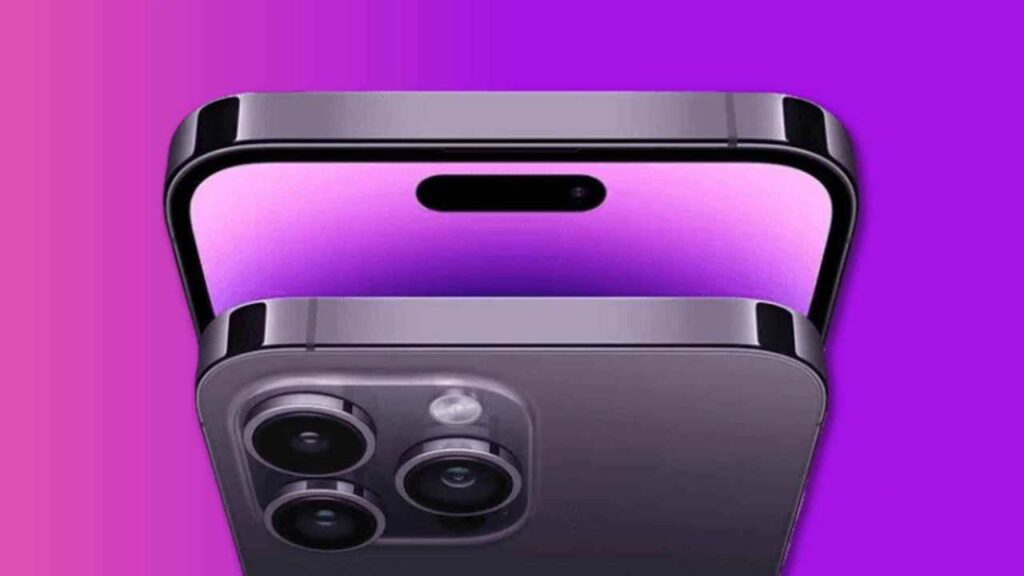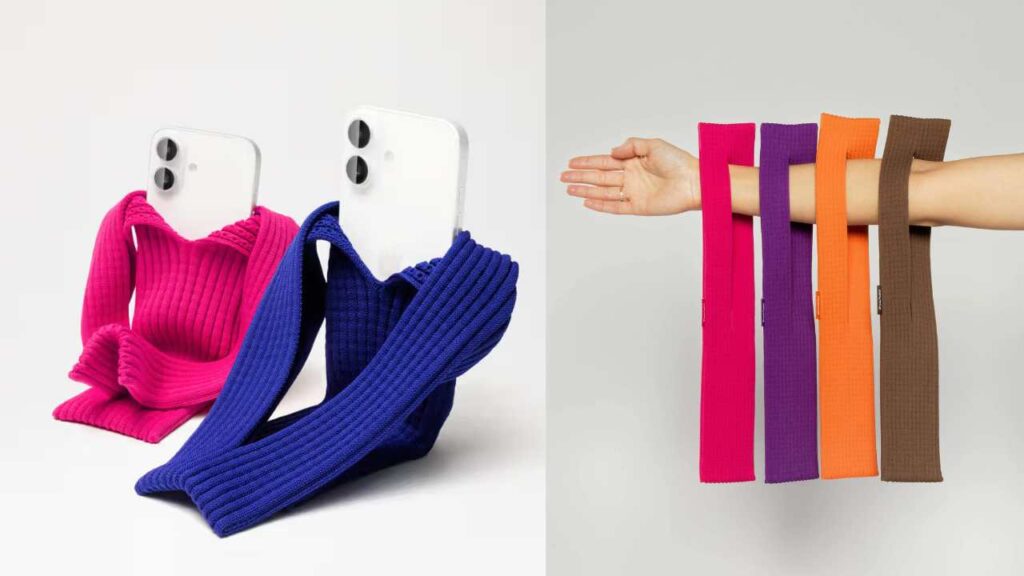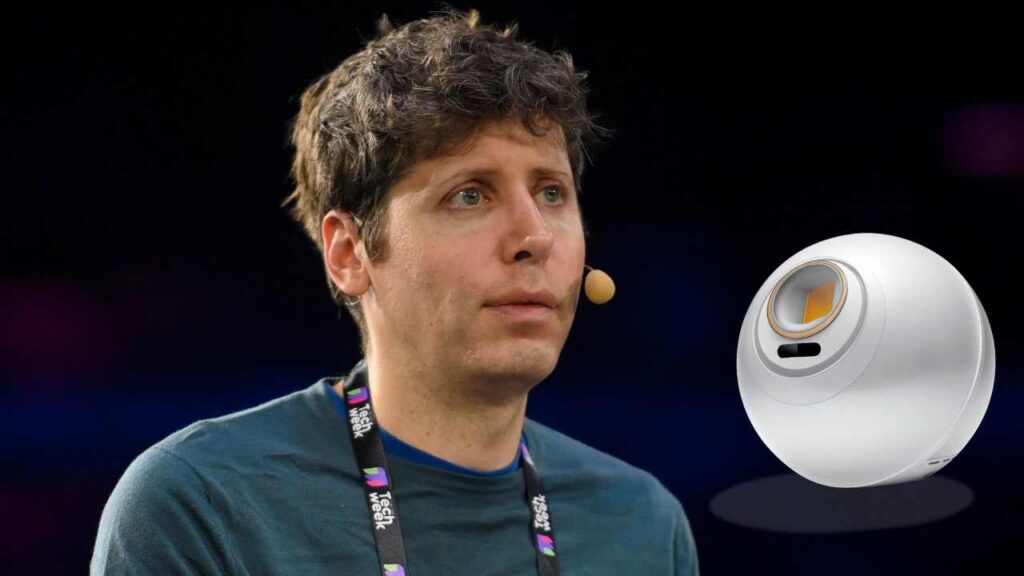Streaming live sports events through the Apple Vision Pro may look like an easy win. Yet multiple major barriers mean it remains a pipe dream for most start-ups. Even a small company that pitched immersive 3D sports streaming has run into licensing. Infrastructure and market-scale problems that even large players struggle with. One of the biggest obstacles lies in broadcast rights. Sports leagues sell their live rights for huge sums and place strict conditions on how they can be used. For example, a high-profile deal by Apple to carry Formula One cost hundreds of millions of dollars per year. A start-up that wants to film a match in 3D or immersive format would need to negotiate separate agreements or pay extra premiums that they simply cannot afford.
Beyond rights, the technical demands are extreme. Capturing live sport in immersive video requires rigs that go far beyond a typical camera setup. The startup in question claimed it would stream at “16K/60fps” with a target of 25 Mbps. Bt admitted that even at that rate the resolution claims looked doubtful. Add to that the need to distribute many thousands of simultaneous high-bandwidth streams, and you have an expensive infrastructure challenge.
Then there is the audience question. The number of head-mounted devices like the Vision Pro remains quite small compared to TVs, phones or tablets. Since immersive streaming will only pay off if large numbers of users adopt it and subscribe. The current market simply does not support the economics. Even if a company built the system tomorrow, they might struggle to amortise the cost of cameras, capture, rights and streaming over a user base of a few thousand people.
Another angle worth mentioning is user comfort and experience. Wearing a headset for the duration of a live match may not appeal to many viewers. The Vision Pro is powerful but also relatively heavy and less socially natural than watching on a screen. That adds a behavioural barrier beyond the technical and financial ones. Immersive live sports on the Vision Pro is technically feasible in isolated cases (and indeed Apple has pilot projects with the Los Angeles Lakers). But scaling it from pilot to mass-market service remains far away. Start-ups therefore should treat this field not as a fast software fix but as one requiring media-industry scale investment and patience.
In short, the promise of “your seat in the stadium” via headset is compelling but the reality involves stacked hurdles: inflated rights costs, heavy capture and distribution demands, small headset user base, and viewer fatigue from prolonged headset use. Until those pieces align, we will likely see only pilot immersive streams rather than full league coverage from new entrants.










